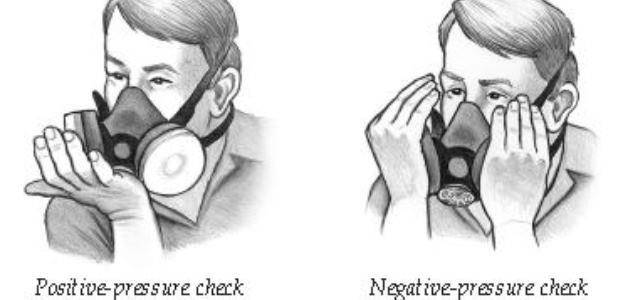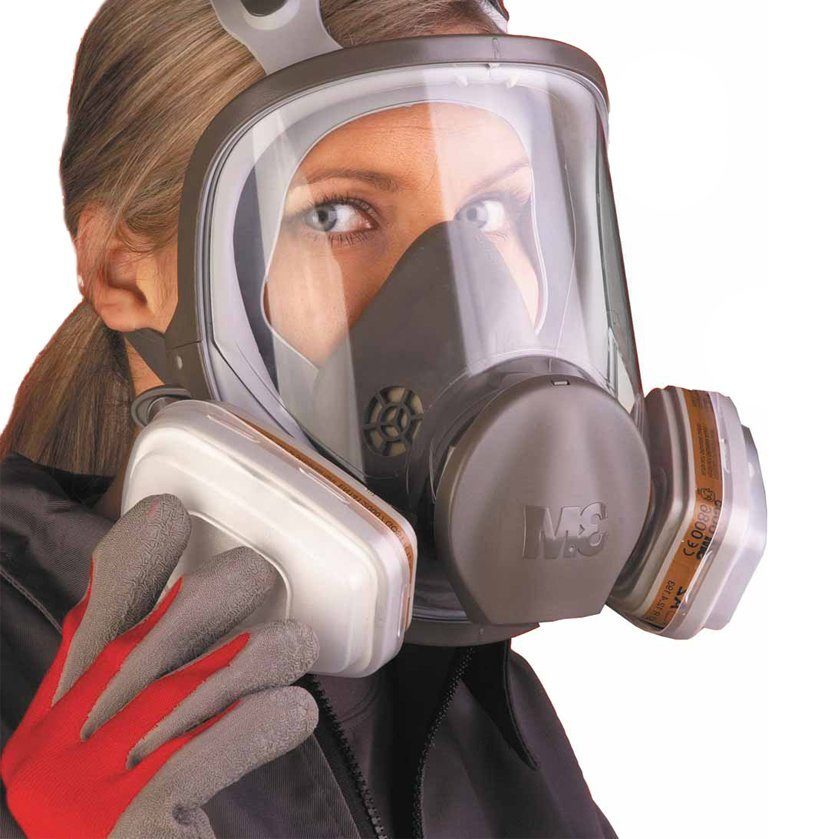Personal Protective Equipment – Respirators – Fit
Personal Protective Equipment – Respirators – Fit
Explain dangers
With respirators, one size doesn’t fit all.
Even with three different sizes of facepieces, for instance, no one size from one manufacturer may fit you. A different brand may be necessary.
If a respirator doesn’t fit right, it can’t protect you.
Even when a respirator fits properly, it may get nudged or bumped out of position while you’re working, causing leaks that can be dangerous.
Respirators and cartridges must be appropriate for the hazardous substances in the air.
Particulate respirators, for example, don’t work for acids, solvents, ammonia, or other gaseous mixtures.
Identify controls
You should be clean-shaven to get the best possible seal with your respirator. Facial hair can cause leakage and reduce protection.
Test for fit every time you put the respirator on and throughout your shift.
Two easy tests can show whether most reusable respirators fit right and don’t leak:
1. Negative-pressure seal check
2. Positive-pressure seal check.
Demonstrate
Using a respirator, demonstrate seal checks to your crew as you talk.
NEGATIVE-PRESSURE SEAL CHECK
• Put on the facepiece and adjust it to fit comfortably—snug, not overly tight.
• Block the air inlets. These are usually the filter openings on the sides of the facepiece.
• Try to breathe in.
• If there are no leaks, the facepiece should collapse slightly and stay like that while you hold your breath for 10 seconds.
POSITIVE-PRESSURE SEAL CHECK
• Put on the facepiece and adjust it to fit comfortably—snug, not overly tight.
• Block the exhalation valve. This is usually on the bottom of the respirator.
• Try to breathe out.
• The facepiece should puff slightly away from your face and stay like that while you hold your breath for 10 seconds.
If you find a leak, adjust the facepiece or straps and repeat the test until you get a good fit.
Peform seal checks periodically while you wear the respirator.

For more information, visit the IHSA website.

